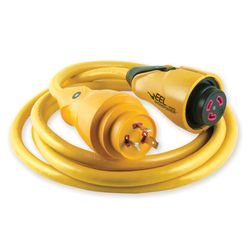rslifkin
Guru
- Joined
- Aug 20, 2019
- Messages
- 8,001
- Location
- Rochester, NY
- Vessel Name
- Hour Glass
- Vessel Make
- Chris Craft 381 Catalina
24 degrees rise at full rated load isn't necessarily concerning. As long as you're staying below the temperature rating of the wire insulation, connectors, etc. it's ok. Of course, more temperature margin is better. But slight warmth from a cable or connector at rated load isn't inherently concerning.


